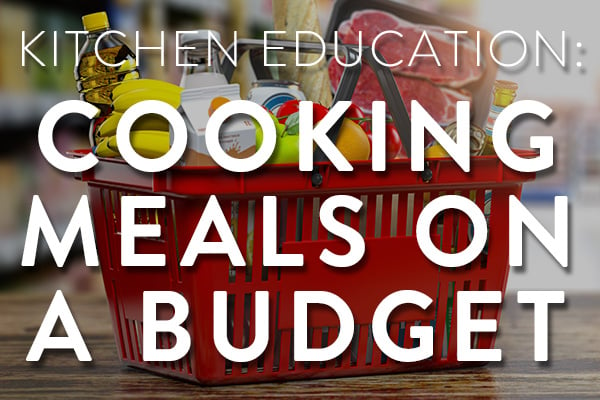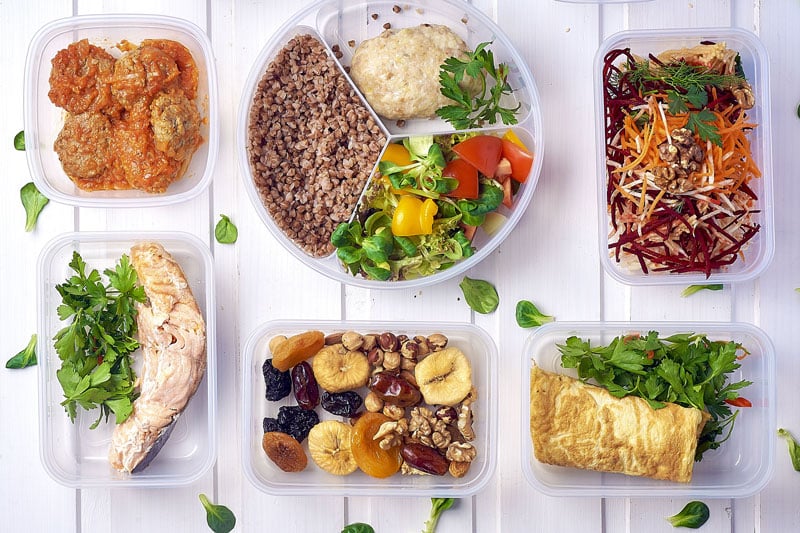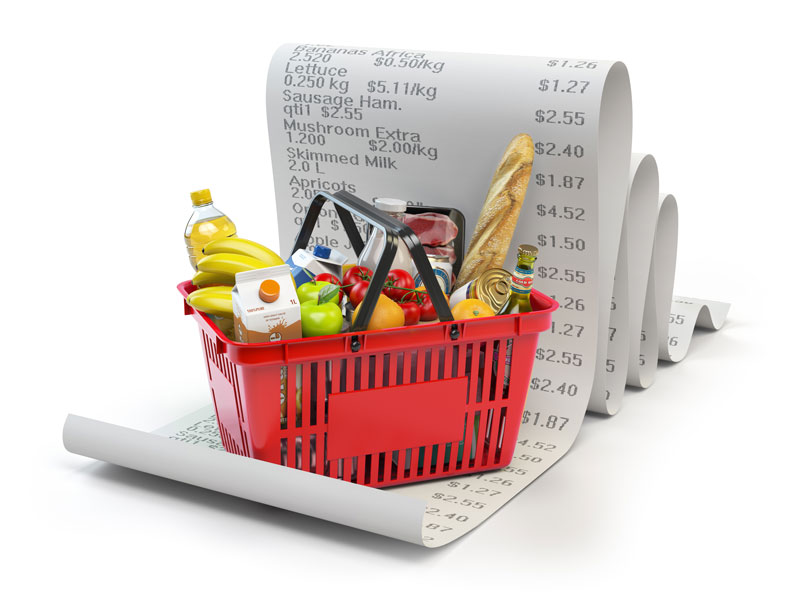
Cooking meals can be easier and more affordable than you may think. When you prepare meals in your own kitchen or outdoors on the grill, you’ll usually save money, but setting a budget and planning meals carefully can make home cooking even more affordable. Make meal planning and preparation a family activity and everyone can enjoy choosing their favorite meals to make for dinner.
Planning Meals

Planning meals is one of the best ways to save money in the kitchen. When you have a plan for what the family is going to eat every day, you’re less likely to make last-minute decisions to order takeout or to eat out. Meal planning doesn’t have to be complicated. In fact, your meal plan should center around the foods your family regularly enjoys. Prior to each week, choose dinners and recipes that fit everyone’s tastes and that are easy to prepare in the time you’ll have for meal prep. Make a shopping list that includes all ingredients for meals you plan to make, so you’ll be completely prepared to cook dinners all week without having to run to the grocery store at the last minute.
Shopping

Overspending on food is easy to do, even when you plan your menu and shop carefully. Keep a running inventory of the food you have in your refrigerator, freezer, and pantry, and make an ongoing grocery list for items as you run out of them. This can help you avoid spending money on items you already have. Never go shopping when you’re hungry; almost everything looks tempting then. Consider buying some items in bulk to save money, as long as you’ll use the food before its expiration date. Shop carefully from your list, and try not to be tempted by impulse items. If shopping with family members means lots of impulse buys, shop alone.
Budgeting

Creating and sticking to a food budget is crucial for controlling expenses. Some experts suggest that it’s reasonable to allocate about 10% of your income to food, but this amount might be higher or lower for your family. You might also try looking back at the previous six months of grocery spending to see what you usually spend. Once you have an idea of what your average spending is, try challenging yourself to spend about 10% less in a month. Determine how much you want to spend on groceries in one month, and then decide how many times you expect to shop. Divide the total amount allocated for food by the number of times you plan to shop to know how much you can spend on each trip. It may help to shop with a calculator to keep track of your total as you fill the cart, too.
Nutrition Basics

Eating healthy is possible on a budget. Instead of buying processed foods, your grocery cart should be full of fresh produce, healthy meats, and other whole foods. Although meat can be expensive, there are cheaper cuts to be had. For example, buy whole chickens, ground turkey, and chuck steak. Try a few meatless meals, too. Buy in bulk to save money, then double or triple recipes and use the leftovers for lunches and fast dinners. Look for generic brands of pantry foods to save money. When items that you use regularly are on sale, stock up. And you can also save money by growing your own produce.
Cooking Safety 101

When you spend time in the kitchen preparing meals, pay attention to safety. Keep your cooking areas clean and free of greasy buildup; this can be a fire hazard. Turn pot handles toward the back of the stove. Never leaving burners unattended while cooking, and always check the stove after cooking to make sure that all of the burners are off. If children are cooking, supervise them at all times.
Outdoor Kitchen
- Outdoor Built In Gas Grills
- Built In Outdoor Grill
- BBQ Drawers Stainless Steel
- Blaze BBQ Grill
- Built In Smokers for Outdoor Kitchens
- Grill Cabinet Outdoor
- Outdoor Drink Cooler Fridge
- Outdoor Wine Fridge
- Outdoor Kitchen Kit
- BBQ Grill Built In
- Outdoor Kitchen Frame
- Outdoor BBQ Kitchen
- Outdoor Kitchen Package
